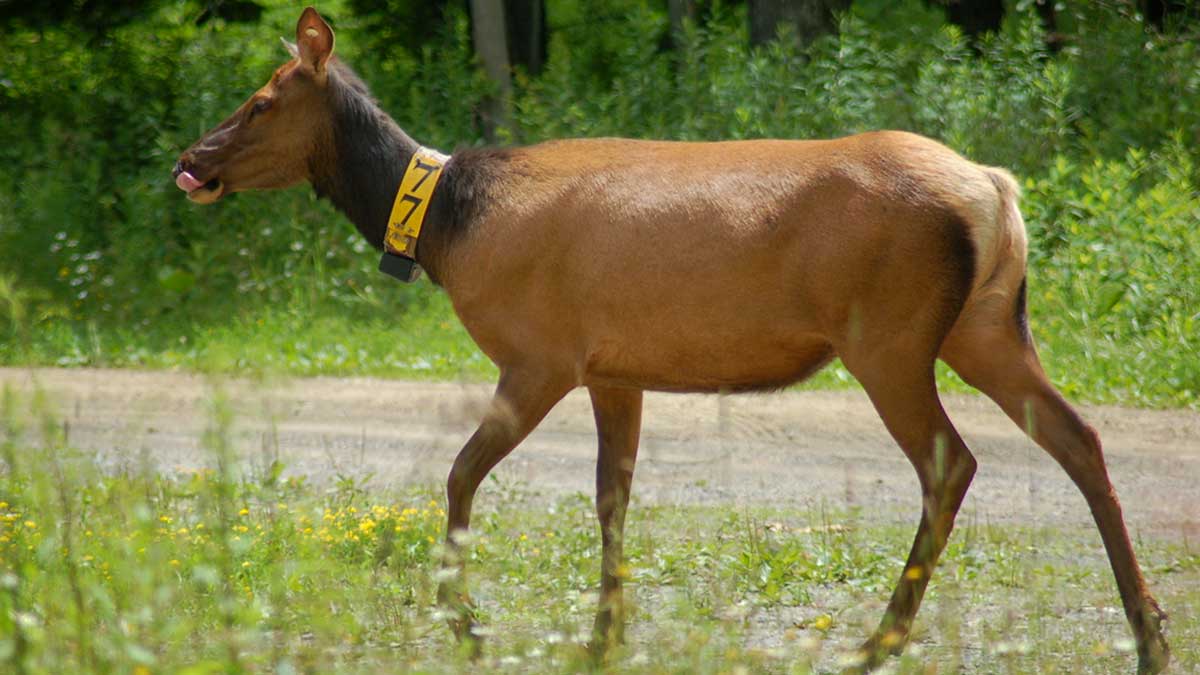Below is a post from Google Cloud in cooperation with the Utah Division of Wildlife Resources.
A few years back, it would’ve taken more than half a day for an official of the Utah Division of Wildlife Resources (DWR), part of the Utah Department of Natural Resources (DNR), to track a Rocky Mountain elk. The process involved hauling a very high frequency (VFH) antenna to several locations until it picked up the signal from the elk’s radio collar. The official would then triangulate the animal’s approximate location by picking up the signal from multiple locations surrounding the elk. Given the complexity and manual labor involved, Utah DWR could track a single collared animal only once in a fortnight, or even a month.
Fast forward to 2023, and now Utah DWR officials can get real-time location data for thousands of animals without leaving their office. What’s more, they can overlay today’s location data with up to 20 years of historical information to make data-driven decisions to improve wildlife habitat and populations using the state’s Wildlife Tracker application, running on Google Cloud. With this application, DWR can better gauge how wildlife interacts with the landscape over time, identify new migration routes, assess areas that need habitat improvements, or determine where to put fences or crossing structures to keep animals from crossing roads in areas with high-collision risks. These alerts on the movements of animals over time are also enabling real-time situational analysis, such as how wildfires or drought impact populations and migration patterns.
According to Jessie Shapiro, GIS project manager for the Utah DWR, “We are now able to know and understand our wildlife so much better. We understand patterns of migration, causes of death, and can obtain individual data points for thousands of animals. It has opened our eyes to how the animals are using the landscape, and what interventions we need for their safety and protection.”
Singular queries, less worries
Before moving to Google Cloud, Utah DWR officials said they had very little insight into the behavior of the state’s wildlife. For instance, by the time officials reached the site of the corpse of a dead animal with a radio collar, scavengers had already gotten to it, making it nearly impossible to determine the cause of death. As Shapiro said, “We were not realizing the true potential of what the data was telling, and we needed to change that.”
The backend legacy system processing the GPS data from thousands of animals radio collars was also riddled with inefficiencies. Queries often led to complete system crashes, and it took days to get historical data in a format that was easy to understand and act upon. The staff wanted these tools, but were frustrated with the inability to use them efficiently. With the database expected to surpass 20 million GPS locations, modernizing the system was critical for the department to scale and make data-driven decisions.
In 2021, Google Public Sector helped Utah DWR rebuild their Wildlife Tracker application on Google Cloud. The aim of the project was to create a serverless data warehouse that helped them to scale rapidly, and take away the concerns regarding limited resources, hardware and other management tools. With BigQuery, a completely serverless, enterprise data warehouse solution, DWR officials can quickly search their database of historical data to identify animal behavioral patterns. A cloud-based solution also makes its data warehouse infinitely scalable without having to worry about hardware upgrades as its dataset continues to grow at pace.
Setting a new standard
Since the implementation went live in August 2020, Google Cloud has helped DWR eliminate lag from their radio collar tracking system. Now, DWR officials can search over 20 years of historical data with a single query in minutes rather than days. They are also able to better understand and utilize their data to determine data-based population management, evaluate migration and the effect of climate patterns, and better track wildlife births and mortality.
As for tracking that Rocky Mountain elk today, all it takes is one query and under a minute to zero in on its exact location, see where it’s been, and determine its pattern of movement.
DWR’s pioneering work is leading to new data-driven approaches to support its mission to help sustain, enhance, and conserve wildlife in Utah for generations to come. Read more about the Utah Division of Wildlife Resources.
(Photo credit: Rocky Mountain Elk Foundation)
